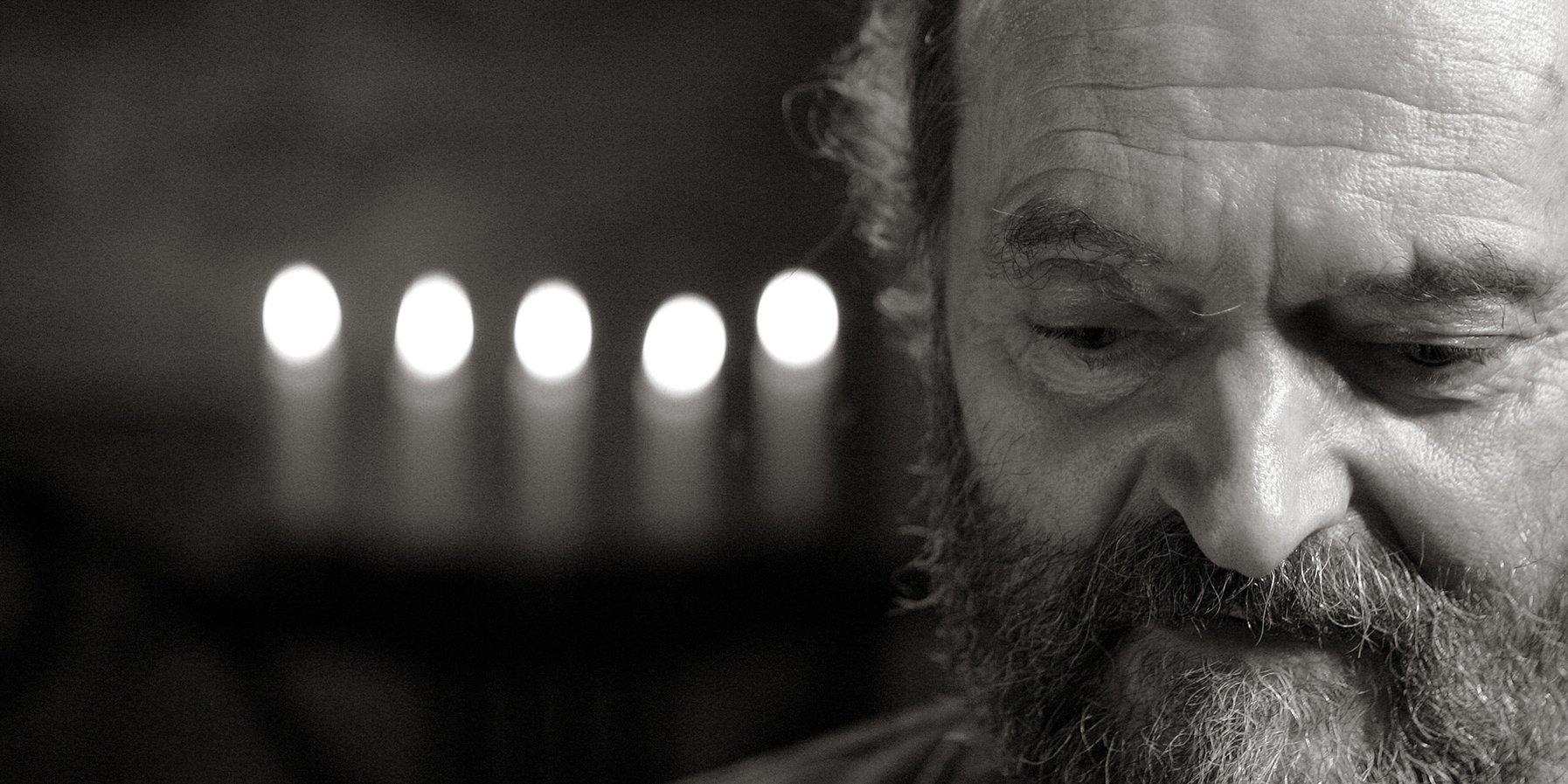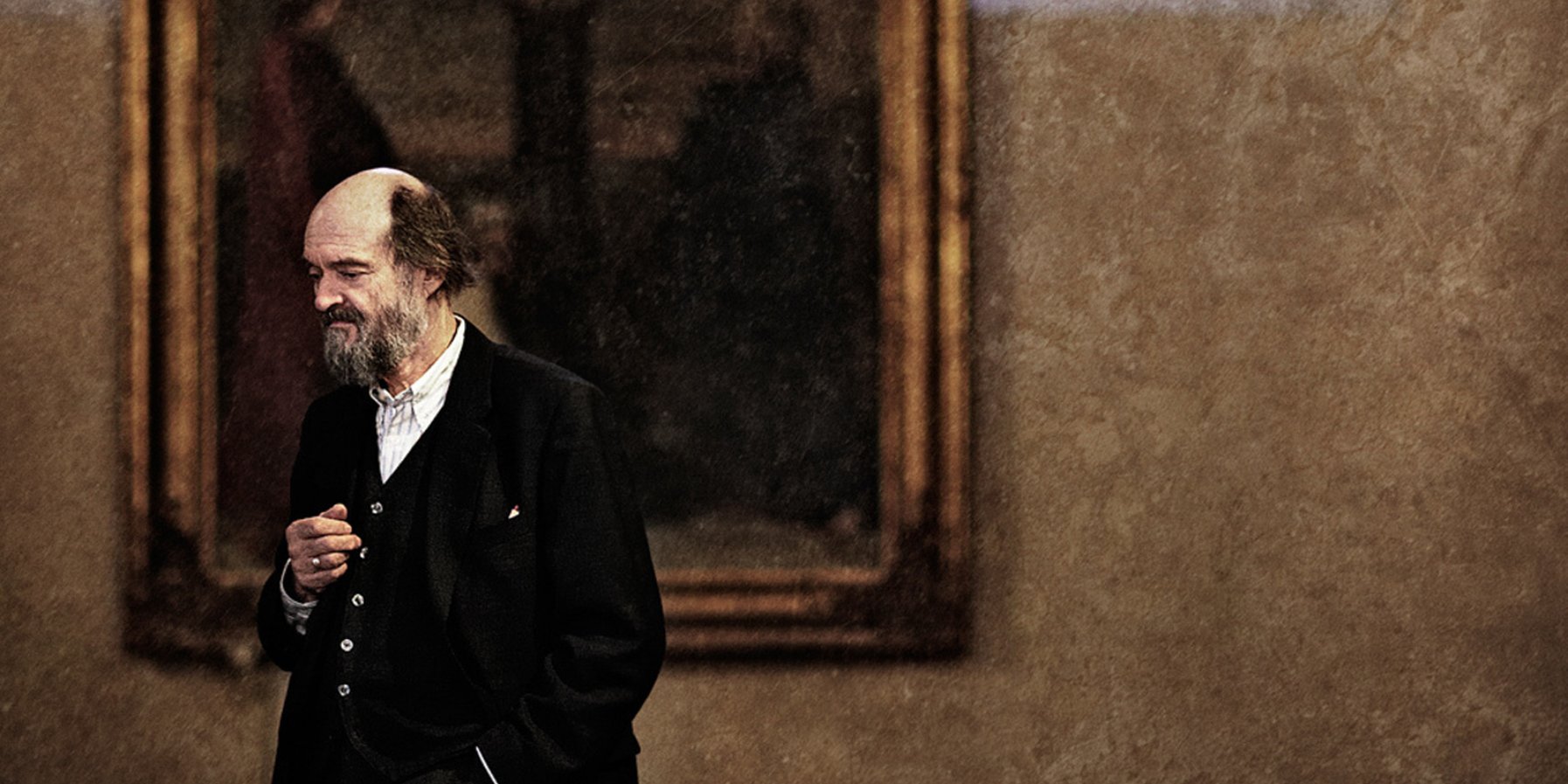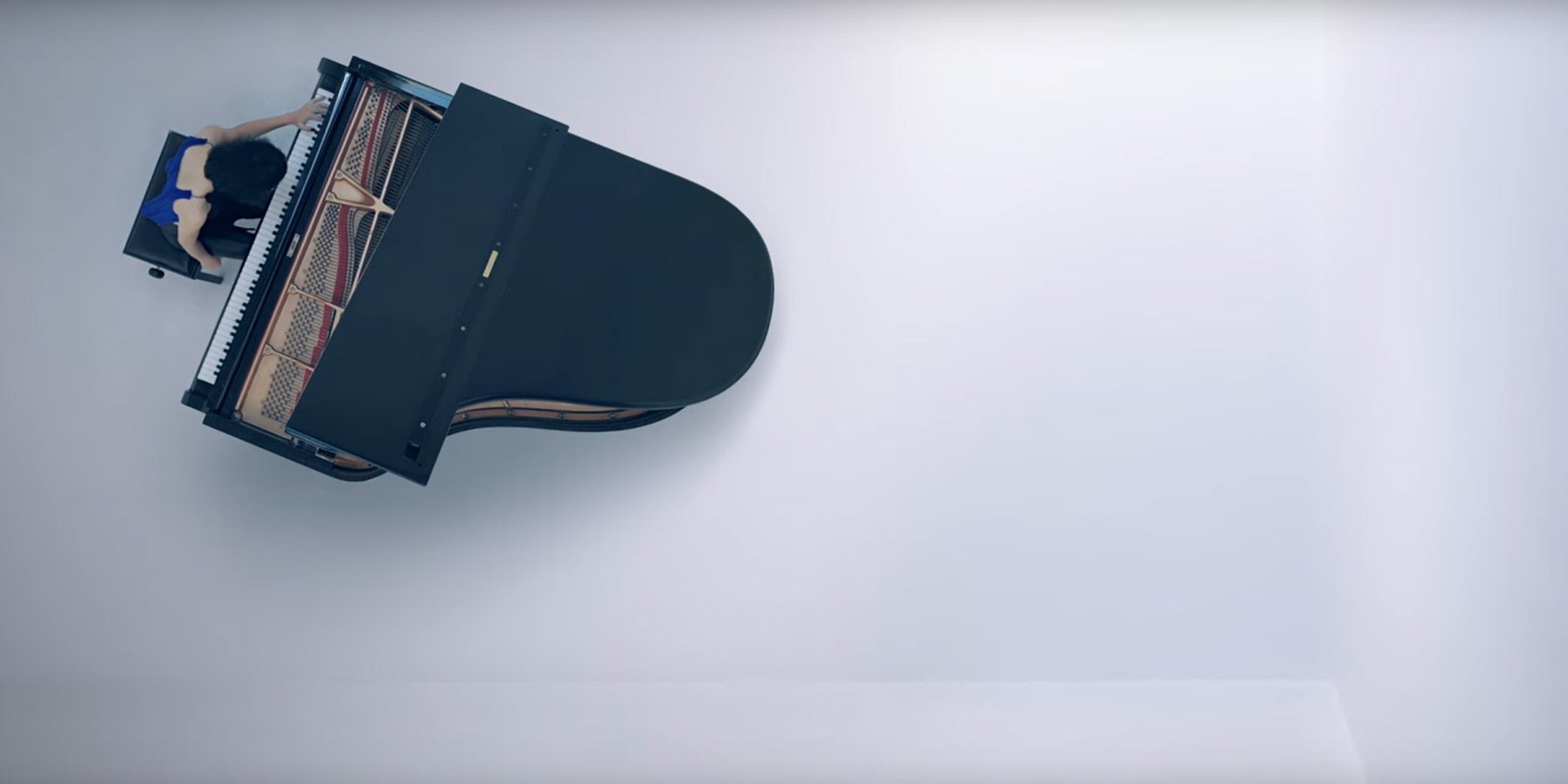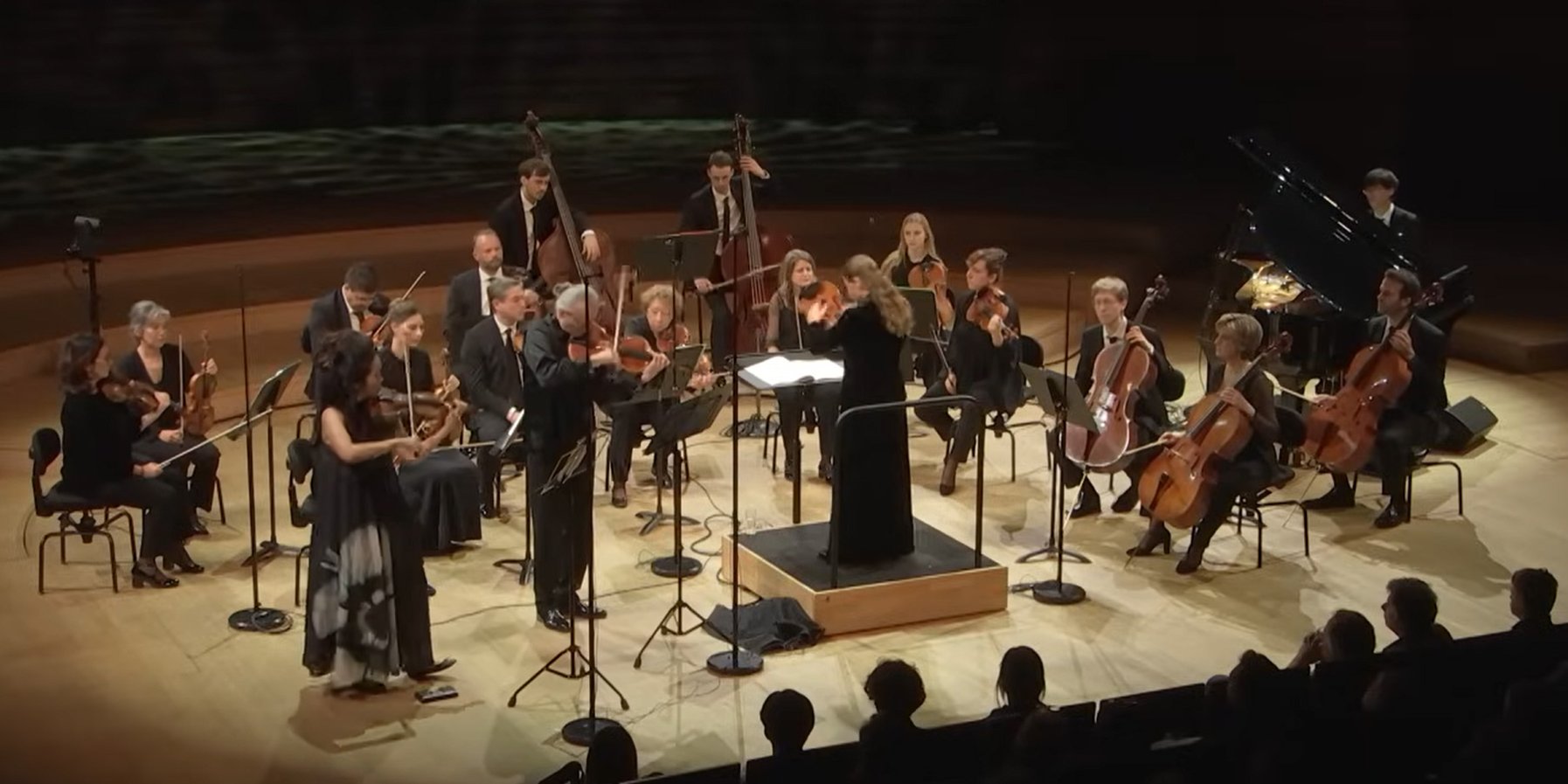Everything started with a piano that looked seriously the worse for wear: »Only half of the hammers were left, and even they were deteriorating. When things got really bad, I just played them in silence and imagined a wonderful sound. That may have been my first exercise as a composer«.
This is Arvo Pärt talking about his childhood memories – and his first tentative steps as a composer in the Estonian town of Rakvere, halfway between Tallinn and St Petersburg. Pärt moved here with his mother in 1935 after she had separated from the father – and it was here that he discovered the above-mentioned piano and with it found his way at an early age to the musical style that was to become his trademark: a music in which more remains uncomposed than is composed, a music where one of the most important elements is silence.
However, Pärt had to make a few detours on the way to becoming one of today's most successful composers. If we look back at Arvo Pärt's career, the story emerges of a searcher who only found his way late in life, but then pursued it all the more single-mindedly. While he was studying composition in Tallinn, his teacher Heino Eller gave him a piece of advice that he seems to have taken to heart: »It's much more difficult to hit on a single right note than to fill the page«. Thus the young composer embarked on the »agonising search for the one right note«.
Spotlight: Arvo Pärt :Season 2025/26
Soundscapes inspired by church bells made Arvo Pärt famous. To mark his 90th birthday, different line-ups ranging from orchestra and choir to the organ perform the Estonian composer’s music
A composer trying to find his way
His search led Pärt first of all to Neo-Classicism, a phase during which he was influenced by the music of Shostakovich, Prokofiev and Bartók. He then turned his attention to twelve-tone music and serialism, i.e. to styles where the music is determined by strict, predefined parameters. Thus Pärt became at that time one of the most radical representatives of the Soviet avant-garde, which can clearly be heard in his early work.
His first major orchestral composition for instance, 1960's »Nekrolog«, is a highly expressive, almost noisy work, and it's hard to believe today that it actually came from his pen. However, as he didn't pursue any political aims with his music, he encountered heavy criticism from the members of the Soviet Composers' Association. But Pärt himself was not content with the path he had followed, albeit for reasons of a purely musical nature. And so the search went on.

»There is no point is writing music if it consists mainly of quoting others.«
As a kind of »crutch« – the composer's own word – to help him get away from the straitjacket of twelve-tone music, he had recourse to musical collages in which he mixed music of his own with that of other composers. Another direction, as it turned out, that proved to be a dead end: »There is no point is writing music if it consists mainly of quoting others. So I abandoned this method«.
The experimentation came to an end in 1968, after which Pärt fell into a serious identity crisis and wrote next to nothing for a total of eight years. It was something of a coincidence that he came across Gregorian chant in a record shop - »music with a soul«, as he put it: »Here I discovered a world hitherto unknown to me: a world without harmony, without metre, without timbre, without orchestration – without everything. At this point I realised what direction I needed to follow.«
Alice Sara Ott plays Arvo Pärt’s »Für Alina«
When he returned to the limelight in 1976 with the piano piece »For Alina«, Pärt had evolved a style that has remained his to this day. «I have discovered that it's sufficient if a single note is beautifully played. This note, quiet or silence have a calming effect on me. I work with only a little material, with one or two parts. I use primitive building material: a triad, a particular tone quality. The three notes in a triad have a similar effect to a peal of bells, so I decided to call it Tintinnabuli.«
Derived from the Latin word tintinnabulum, meaning a set of little bells, Pärt's title refers to the »ringing« of a triad, whose three notes are heard in the background throughout the piece, and are linked to the melody part by fixed rules. Triad and melody – with this reduction of the musical material to absolute essentials, »he put the music on a diet, as it were«, as one music journalist put it. Pärt himself called it the search for the one and only: »What is it, the one and only, and how do I get access to it?«
But as with a real diet, his music, too, is subject to strict regulations; here, however, the composer redefines these for each new work, e.g. in the way the parts interact. It's just that the result differs considerably from what we are used to with contemporary music, where one often has to search to find regularity, peace and indeed beauty.
The Sound of the Bells
A year after his return to the public eye, Pärt further reinforced his »tintinnabuli« style with »Tabula rasa«, a double concerto for two violins, and now reached listeners outside Soviet territory for the first time. Pärt joined the Russian Orthodox Church in the early 1970's, but his music refers for the most part to Catholic traditions; the increasingly religious orientation of his music was diametrically opposed to the principles of the atheist state that he lived in, and this forced the composer and his family to emigrate: first to Vienna in 1980, and then to (West-)Berlin. Berlin was his home until quite recently, and it was here that he built a reputation as one of the world's most famous contemporary composers.
Arvo Pärt: Tabula Rasa
It's true that even in the West, he was not immune to criticism at the beginning: his music was too traditional to please the avant-garde set, which was highly suspicious of the enormous popularity he soon achieved. But Pärt countered with his usual sang-froid: »In art, everything is possible. But not everything that is done is necessary».
Today, Pärt has found what he was searching for. And anyone who looks beneath the few notes on the surface will find a depth that only a few composers reach.
Text: Simon Chlosta, January 2020
- Elbphilharmonie Großer Saal
Arvo Pärt 90: Iveta Apkalna, organ
Works by Arvo Pärt, J.S. Bach and Pēteris Vasks
- Elbphilharmonie Großer Saal
Arvo Pärt 90: Ensemble Resonanz / Estonian Philharmonic Chamber Choir / Tõnu Kaljuste
Pärt: Stabat mater, Festina lente, Adam’s Lament and other works
- Elbphilharmonie Großer Saal
Arvo Pärt 90: Estonian Festival Orchestra / Paavo Järvi
Pärt: Tabula rasa, Fratres, La Sindone, Collage sur B-A-C-H and other works
- Elbphilharmonie Großer Saal
Arvo Pärt 90: Tenebrae / Nigel Short
Choral works by Arvo Pärt, Sir John Tavener, William Byrd, Thomas Tallis and others












